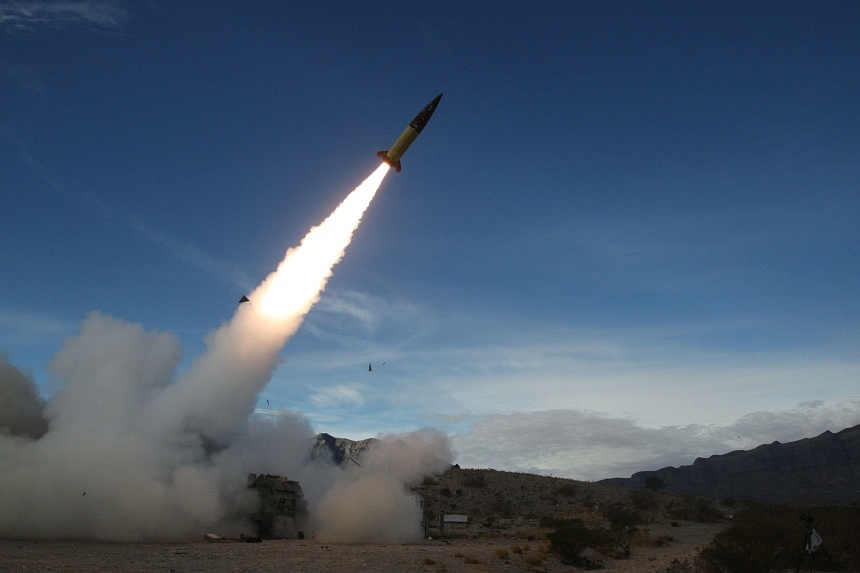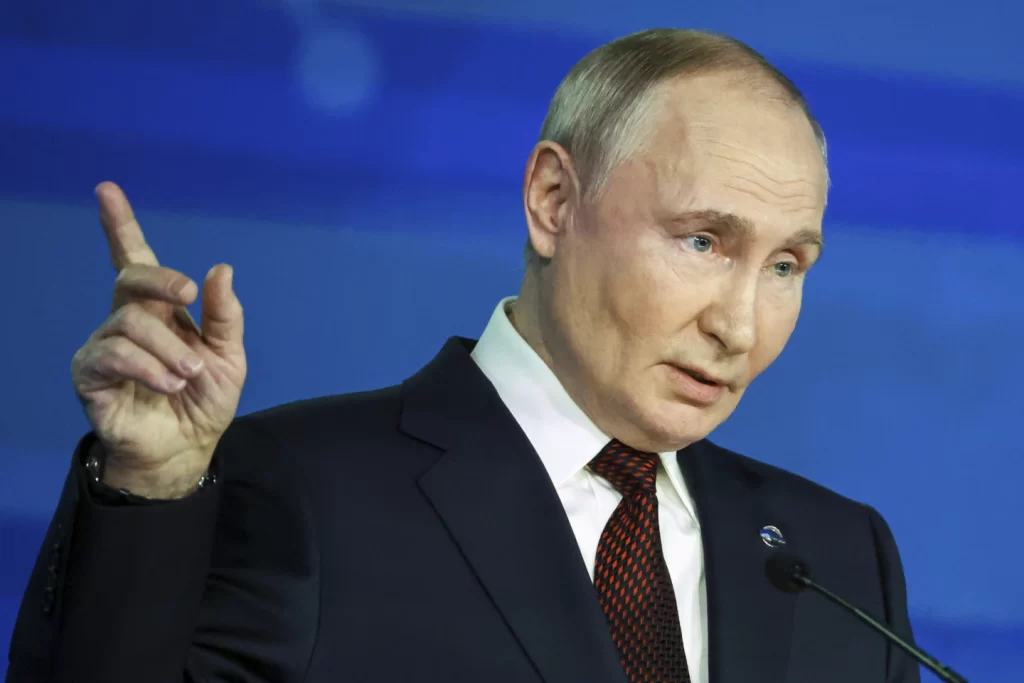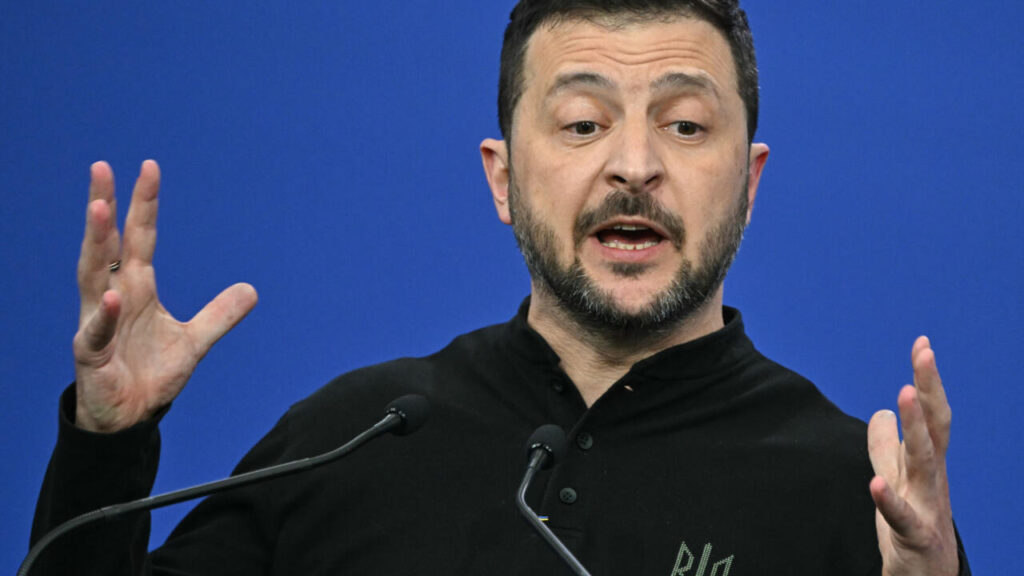Ukraine launched its first strike on Russian territory using U.S.-provided ATACMS missiles Tuesday, marking a significant escalation as the war entered its 1,000th day amid growing uncertainty about Western support and the conflict’s future trajectory.
Russian officials reported that their forces intercepted five of six missiles targeting a military facility in the Bryansk region, with one missile’s debris striking the installation but causing no casualties. Ukrainian authorities confirmed hitting a Russian arms depot approximately 110 kilometers (70 miles) inside Russian territory, resulting in secondary explosions, though they didn’t specify the weapons used.

The strike follows President Joe Biden’s recent authorization for Ukraine to employ medium-range U.S. missiles for such attacks, a decision Moscow warned would make Washington a direct participant in the conflict. The escalation comes as Vladimir Putin signed a new nuclear doctrine Tuesday, lowering the threshold for potential atomic weapons use to include responses to threats against Russian territorial integrity.
President Volodymyr Zelenskyy, addressing parliament on this milestone day, emphasized the war’s critical juncture. “At this stage of the war, it is being decided who will prevail,” he declared, framing the conflict as a struggle between democratic values and dictatorship that extends beyond Ukraine’s borders.
The war’s human toll has been catastrophic. Over six million Ukrainians live as refugees abroad, and the country’s population has decreased by a quarter since Russia’s full-scale invasion began. Western intelligence estimates indicate hundreds of thousands of casualties on both sides, though exact figures remain classified.

Military dynamics have shifted significantly since the conflict’s early phases. Ukraine’s initial successes in pushing back Russian forces from Kyiv and reclaiming territory have given way to grinding trench warfare, with Russian forces maintaining control of one-fifth of Ukraine and making slow but steady gains in the east.
The conflict’s international dimension has grown more complex with North Korea’s increasing involvement. Ukraine reports that 11,000 North Korean troops have deployed to support Russian forces, with Zelenskyy warning this number could surge to 100,000. Russia has also benefited from Iranian attack drones and North Korean artillery support.
As winter sets in, Russia has intensified its aerial assault on Ukraine’s infrastructure, launching its largest barrage since August on Sunday, with 120 missiles and 90 drones targeting power systems.

The prospect of peace negotiations remains distant, with both sides maintaining incompatible positions. Ukraine demands complete Russian withdrawal from occupied territories and NATO-comparable security guarantees, while the Kremlin insists Ukraine abandon NATO aspirations and withdraw from Russian-claimed annexed regions.
The anticipated return of Donald Trump to the U.S. presidency in two months has raised questions about the sustainability of Western support for Ukraine. European nations are preparing for an expanded role in continental defense, with major powers issuing a joint statement Tuesday warning of “unprecedented” Russian hybrid activities against NATO and EU countries.



